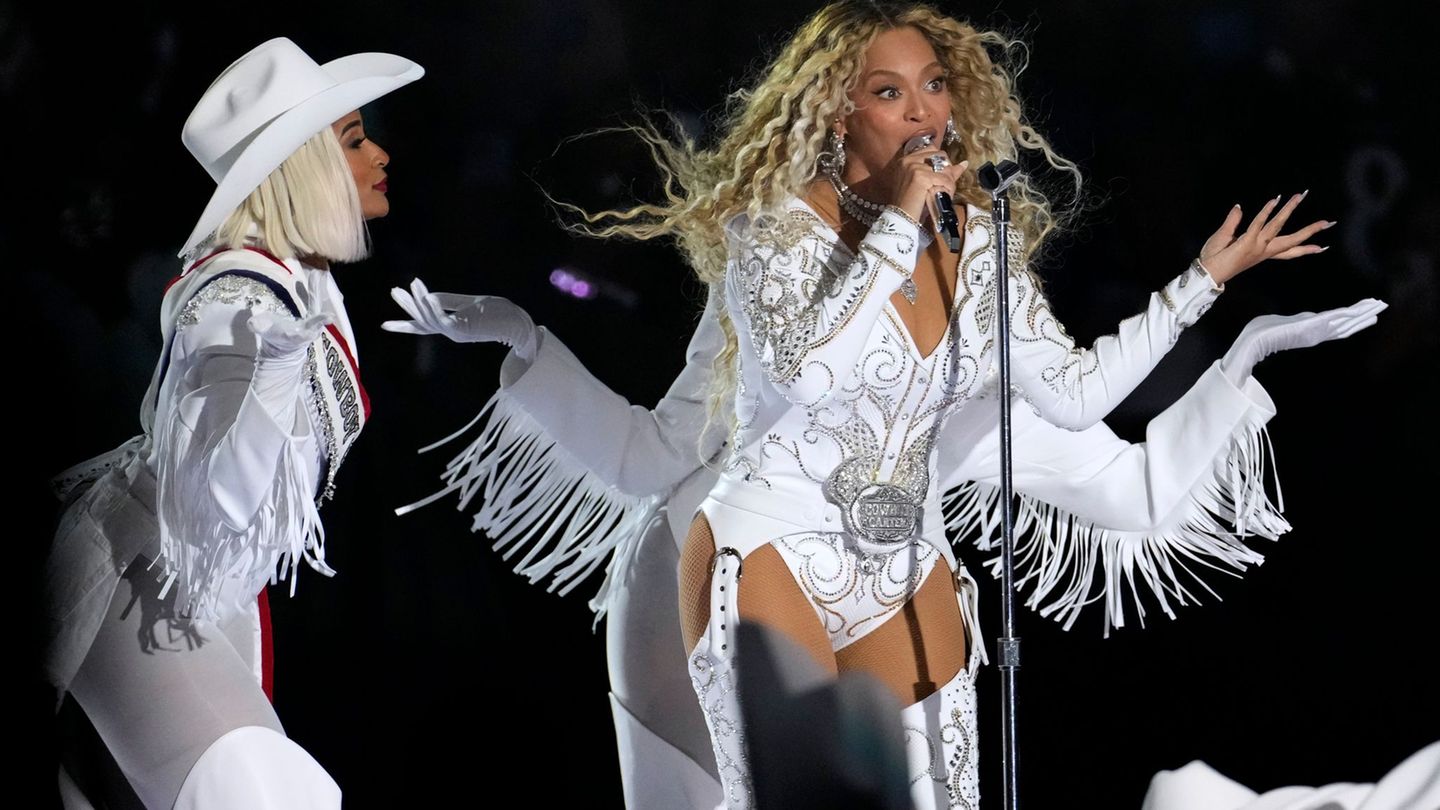Lots of rain, some flooding, hardly any sun: potato farmers are not euphoric at the moment. Added to this are rot diseases that affect the leaves and tubers. How are prices developing?
The warm, humid weather and the heavy rainfall of the past few weeks are likely to have a negative impact on the potato harvest in August and September. In addition to delayed planting, disease in the potatoes is also a problem this year due to the wet weather, says Lower Saxony farmer Thorsten Riggert, who also sits on the advisory board of the Union of the German Potato Industry (Unika).
For end consumers, he therefore expects prices to be at the relatively high level of the previous year, explains Riggert. “There will certainly not be peak yields.” He also refers to the floods that have occurred in many parts of Germany this year. Even now, driving on the fields is difficult in some places because of the wet soil.
Disease pressure due to rot
The disease pressure caused by late blight is higher than it has been for 10 or 15 years, reports Riggert. In order to prevent potatoes stored in the autumn from also being affected by rot, storage will have to become more demanding.
In contrast to Riggert, the market expert at the Agricultural Market Information Company (AMI), Christoph Hambloch, expects consumer prices to tend to fall in the coming weeks. He pointed to falling producer prices: “Last week, 58 euros were paid per 100 kilograms of potatoes, this week it is only 46 euros.”
Falling consumer prices in late summer
He expects that the lower producer prices will also be reflected in the end consumer prices. Prices are likely to fall by the beginning of September at the latest, because that is when the new harvest will come onto the market.
Consumer prices are currently still above the level of the previous year, explains Hambloch. In the past two weeks, the national average was 1.66 euros per kilo, compared to 1.60 euros in the corresponding period last year. In mid-August 2023, the average consumer price for a kilogram of mainly waxy potatoes was between 1.30 and 1.40 euros.
“I think it will certainly be 10 to 15 cents cheaper in mid-August this year,” says Hambloch. However, last year was a particularly high-price year for potatoes.
Farmers need crop protection products
According to Hambloch and Riggert, farmers need crop protection products to be able to harvest potatoes even in the current weather conditions. In the organic sector, farmers will also have to use more copper this year to combat fungal infections in potatoes, said Hambloch: “Without crop protection, it would have been a catastrophe.”
It is important for conventional farmers to continue to have a choice of plant protection products, Riggert stressed. “We can already save 90 percent of plant protection products in some areas with artificial intelligence, but for the last 10 percent we need all the active ingredients,” he said. Agriculture is already further ahead in this respect than politicians would like to understand. It would be counterproductive if the number of approved products shrinks from year to year.
Source: Stern




